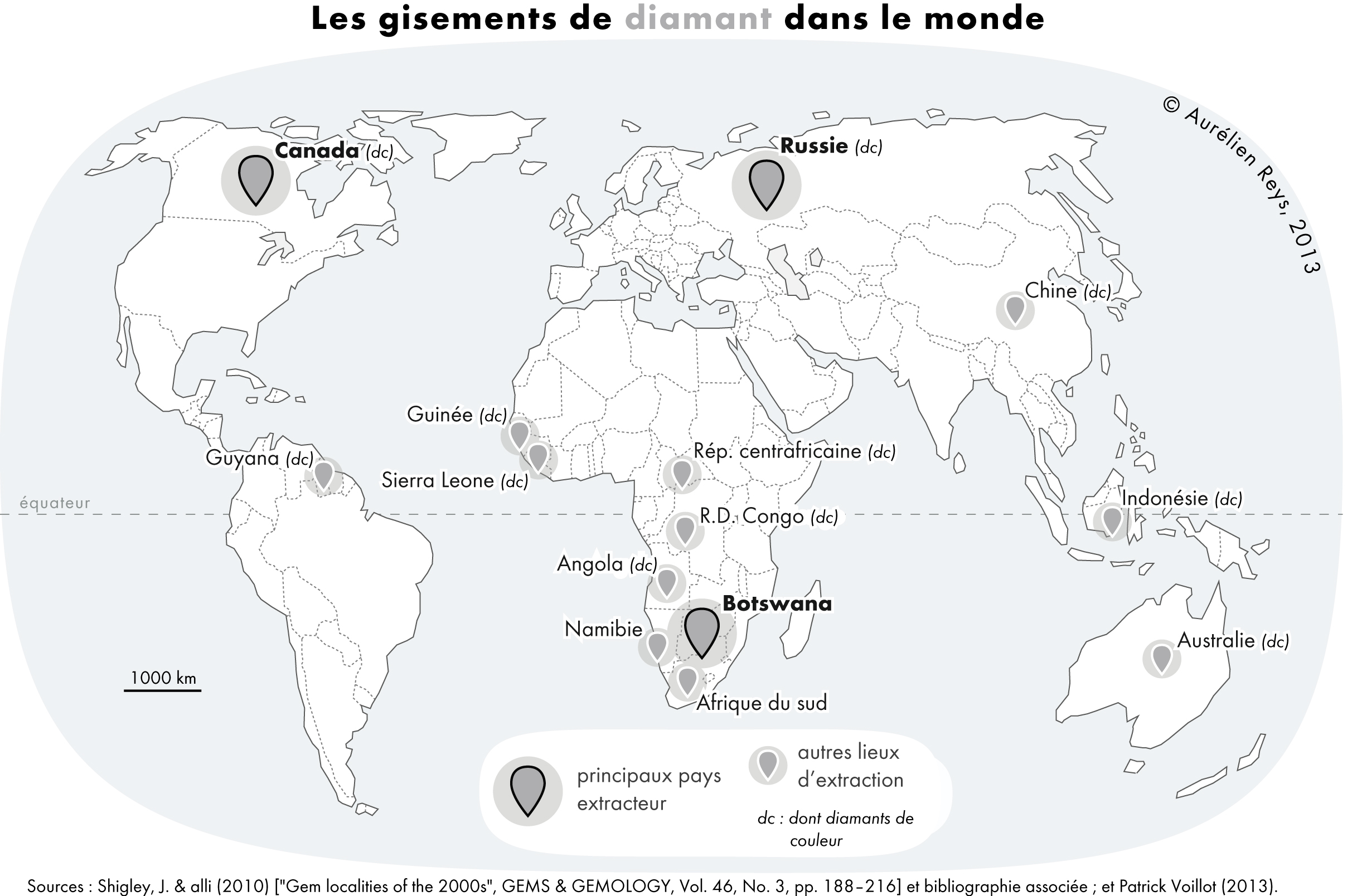|
Economy Of Liberia
The economy of Liberia is extremely underdeveloped, with only $3.222 billion by gross domestic product as of 2019, largely due to the First (1989–1996) and Second Liberian Civil War (1999–2003). Liberia itself is one of the poorest and least developed countries in the world, according to the United Nations. Until 1979, Liberia's economy was among the more developed and fastest-growing in Sub-Saharan Africa, but after the 1980 coup d'état, it declined, and the civil war destroyed much of Liberia's economy and infrastructure, especially the infrastructure in and around the nation's capital, Monrovia. The war also caused a brain drain and the loss of capital, as the civil war involved overthrowing the Americo-Liberian minority that ruled the country. Some have returned since 1997, but many have not. Liberia is richly endowed with water, mineral resources, forests, and a climate favorable to agriculture, but poor in human capital, infrastructure, and stability. Liberia has a ... [...More Info...] [...Related Items...] OR: [Wikipedia] [Google] [Baidu] [Amazon] |
List Of Countries By GDP (PPP) Per Capita
A country's gross domestic product (GDP) at purchasing power parity (PPP) per capita is the PPP value of all final goods and services produced within an economy in a given year, divided by the average (or mid-year) population for the same year. This is similar to nominal GDP per capita but adjusted for the cost of living in each country. In 2023, the estimated average GDP per capita (PPP) of all of the countries was Int$22,452. For rankings regarding wealth, see list of countries by wealth per adult. Method The gross domestic product (GDP) per capita figures on this page are derived from PPP calculations. Such calculations are prepared by various organizations, including the IMF and the World Bank. As estimates and assumptions have to be made, the results produced by different organizations for the same country are not hard facts and tend to differ, sometimes substantially, so they should be used with caution. Comparisons of national wealth are frequently made based on ' ... [...More Info...] [...Related Items...] OR: [Wikipedia] [Google] [Baidu] [Amazon] |
Gross Domestic Product
Gross domestic product (GDP) is a monetary measure of the total market value of all the final goods and services produced and rendered in a specific time period by a country or countries. GDP is often used to measure the economic performance of a country or region. Several national and international economic organizations maintain definitions of GDP, such as the OECD and the International Monetary Fund. GDP is often used as a metric for international comparisons as well as a broad measure of economic progress. It is often considered to be the world's most powerful statistical indicator of national development and progress. The GDP can be divided by the total population to obtain the average GDP per capita. Total GDP can also be broken down into the contribution of each industry or sector of the economy. Nominal GDP is useful when comparing national economies on the international market according to the exchange rate. To compare economies over time inflation can be adjus ... [...More Info...] [...Related Items...] OR: [Wikipedia] [Google] [Baidu] [Amazon] |
Ease Of Doing Business Index
Ease or EASE may refer to: Computing * Ease (programming language) * Enhanced Acoustic Simulator for Engineers, software for optimizing acoustics Health and medicine * Methylone, marketed briefly in New Zealand as Ease *Examination of Anomalous Self-Experience, to detect self-disorder Other uses * Ease (sewing), the amount of room a garment allows the wearer beyond the measurements of their body * ''Ease'', a 1985 novel by Patrick Gale * EASE/ACCESS, a pair of 1985 space shuttle flight experiments * European Association of Science Editors, a non-profit membership organisation See also * *Easy (other) * At Ease * Usability *Ease-in and ease-out, methods of inbetweening in animation {{disambig ... [...More Info...] [...Related Items...] OR: [Wikipedia] [Google] [Baidu] [Amazon] |
Diamond
Diamond is a Allotropes of carbon, solid form of the element carbon with its atoms arranged in a crystal structure called diamond cubic. Diamond is tasteless, odourless, strong, brittle solid, colourless in pure form, a poor conductor of electricity, and insoluble in water. Another solid form of carbon known as graphite is the Chemical stability, chemically stable form of carbon at Standard temperature and pressure, room temperature and pressure, but diamond is metastable and converts to it at a negligible rate under those conditions. Diamond has the highest Scratch hardness, hardness and thermal conductivity of any natural material, properties that are used in major industrial applications such as cutting and polishing tools. Because the arrangement of atoms in diamond is extremely rigid, few types of impurity can contaminate it (two exceptions are boron and nitrogen). Small numbers of lattice defect, defects or impurities (about one per million of lattice atoms) can color ... [...More Info...] [...Related Items...] OR: [Wikipedia] [Google] [Baidu] [Amazon] |
Palm Oil
Palm oil is an edible vegetable oil derived from the mesocarp (reddish pulp) of the fruit of oil palms. The oil is used in food manufacturing, in beauty products, and as biofuel. Palm oil accounted for about 36% of global oils produced from oil crops in 2014. Palm oils are easier to stabilize and maintain quality of flavor and consistency in ultra-processed foods, so they are frequently favored by food manufacturers. Globally, humans consumed an average of of palm oil per person in 2015. Demand has also increased for other uses, such as cosmetics and biofuels, encouraging the growth of palm oil plantations in tropical countries. The mass production of palm oil in the tropics has attracted the concern of environmental and human rights groups. The palm oil industry is a significant contributor to deforestation in the tropics where palms are grown and has been cited as a factor in social problems due to allegations of human rights violations among growers. In 2018, a repor ... [...More Info...] [...Related Items...] OR: [Wikipedia] [Google] [Baidu] [Amazon] |
Rubber
Rubber, also called India rubber, latex, Amazonian rubber, ''caucho'', or ''caoutchouc'', as initially produced, consists of polymers of the organic compound isoprene, with minor impurities of other organic compounds. Types of polyisoprene that are used as natural rubbers are classified as elastomers. Currently, rubber is harvested mainly in the form of the latex from the Hevea brasiliensis, Pará rubber tree (''Hevea brasiliensis'') or others. The latex is a sticky, milky and white colloid drawn off by making incisions in the bark and collecting the fluid in vessels in a process called "tapping". Manufacturers refine this latex into the rubber that is ready for commercial processing. Natural rubber is used extensively in many applications and products, either alone or in combination with other materials. In most of its useful forms, it has a large stretch ratio and high resilience and also is buoyant and water-proof. Industrial demand for rubber-like materials began to out ... [...More Info...] [...Related Items...] OR: [Wikipedia] [Google] [Baidu] [Amazon] |
Mining
Mining is the Resource extraction, extraction of valuable geological materials and minerals from the surface of the Earth. Mining is required to obtain most materials that cannot be grown through agriculture, agricultural processes, or feasibly created Chemical synthesis, artificially in a laboratory or factory. Ores recovered by mining include Metal#Extraction, metals, coal, oil shale, gemstones, limestone, chalk mining, chalk, dimension stone, rock salt, potash, gravel, and clay. The ore must be a rock or mineral that contains valuable constituent, can be extracted or mined and sold for profit. Mining in a wider sense includes extraction of any non-renewable resource such as petroleum, natural gas, or even fossil water, water. Modern mining processes involve prospecting for ore bodies, analysis of the profit potential of a proposed mine, extraction of the desired materials, and final mine reclamation, reclamation or restoration of the land after the mine is closed. Mining ma ... [...More Info...] [...Related Items...] OR: [Wikipedia] [Google] [Baidu] [Amazon] |
List Of Countries By Inequality-adjusted HDI
This is a list of countries by inequality-adjusted Human Development Index (IHDI), as published by the UNDP in its 2025 Human Development Report. According to the 2016 Report, "The IHDI can be interpreted as the level of human development when inequality is accounted for", whereas the Human Development Index itself, from which the IHDI is derived, is "an index of potential human development (or the maximum IHDI that could be achieved if there were no inequality)". Methodology The index captures the HDI of the average (calculated using not arithmetic, but geometric mean) person in society, which is less than the aggregate HDI when there is inequality in the distribution of health, education and income. Under perfect equality, the HDI and IHDI are equal; the greater the difference between the two, the greater the inequality. The IHDI, estimated for the world and specific countries, captures the losses in human development due to inequality in health, education and inco ... [...More Info...] [...Related Items...] OR: [Wikipedia] [Google] [Baidu] [Amazon] |
List Of Countries By Human Development Index
The United Nations Development Programme (UNDP) compiles the Human Development Index (HDI) of 193 nations in the annual Human Development Report. The index considers the health, education, income and living conditions in a given country to provide a measure of human development which is comparable between countries and over time. The HDI is the most widely used indicator of human development and has changed how people view the concept. However, several aspects of the index have received criticism. Some scholars have criticized how the factors are weighed, in particular how an additional year of life expectancy is valued differently between countries; and the limited factors it considers, noting the omission of factors such as the levels of distributional and gender inequality. In response to the former, the UNDP introduced the inequality-adjusted Human Development Index (IHDI) in its 2010 report, and in response to the latter the Gender Development Index (GDI) was introduced ... [...More Info...] [...Related Items...] OR: [Wikipedia] [Google] [Baidu] [Amazon] |
United Nations Development Programme
The United Nations Development Programme (UNDP) is a United Nations agency tasked with helping countries eliminate poverty and achieve sustainable economic growth and human development. The UNDP emphasizes on developing local capacity towards long-term self-sufficiency and prosperity. Based at the headquarters of the United Nations in New York City, it is the largest UN development aid agency, with offices in 177 countries. The UNDP is funded entirely by voluntary contributions from UN member states. Founding The UNDP was founded on 22 November 1965 through the merger of the Expanded Programme of Technical Assistance (EPTA) and the Special Fund in 1958. The rationale was to "avoid duplication of heiractivities". The EPTA was set up in 1949 to support the economic and political aspects of underdeveloped countries while the Special Fund was to enlarge the scope of UN technical assistance. The Special Fund arose from the idea of a Special United Nations Fund for Economic D ... [...More Info...] [...Related Items...] OR: [Wikipedia] [Google] [Baidu] [Amazon] |
Human Development Report
The Human Development Report (HDR) is an annual Human Development Index report published by the Human Development Report Office of the United Nations Development Programme (UNDP). The first HDR was launched in 1990 by the Pakistani economist Mahbub ul Haq and Indian Nobel laureate Amartya Sen. Since then reports have been released most years, and have explored different themes through the human development approach, which places people at the center of the development process. The reports are ensured of editorial independence by the United Nations General Assembly. They are seen as reports to UNDP, not of UNDP. This allows each report greater freedom to explore ideas and constructively challenge policies. Each report also presents an updated set of indices, including the Human Development Index (HDI), which is a measure of average achievement in the basic dimensions of human development across countries, and a compendium of key development statistics relevant to the report them ... [...More Info...] [...Related Items...] OR: [Wikipedia] [Google] [Baidu] [Amazon] |




